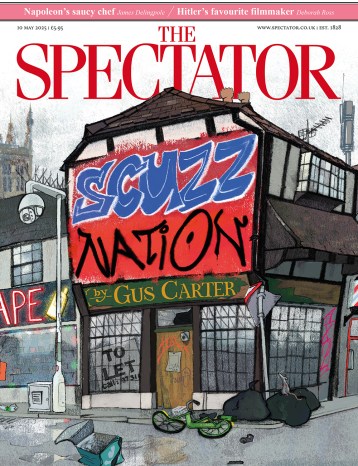John Evelyn (1620–1706) was not only a diarist. He was one of the most learned men of his time: traveller, politician, town-planner, artist, numismatist, gardener and opponent of air pollution. He was a founder of the Royal Society and gave one of its first presentations, which was expanded into Sylva, or a Discourse of Forest-Trees and the Propagation of Timber.

Disagree with half of it, enjoy reading all of it
TRY A MONTH FREE
Our magazine articles are for subscribers only. Try a month of Britain’s best writing, absolutely free.
Already a subscriber? Log in






Comments
Join the debate, free for a month
Be part of the conversation with other Spectator readers by getting your first month free.
UNLOCK ACCESS Try a month freeAlready a subscriber? Log in